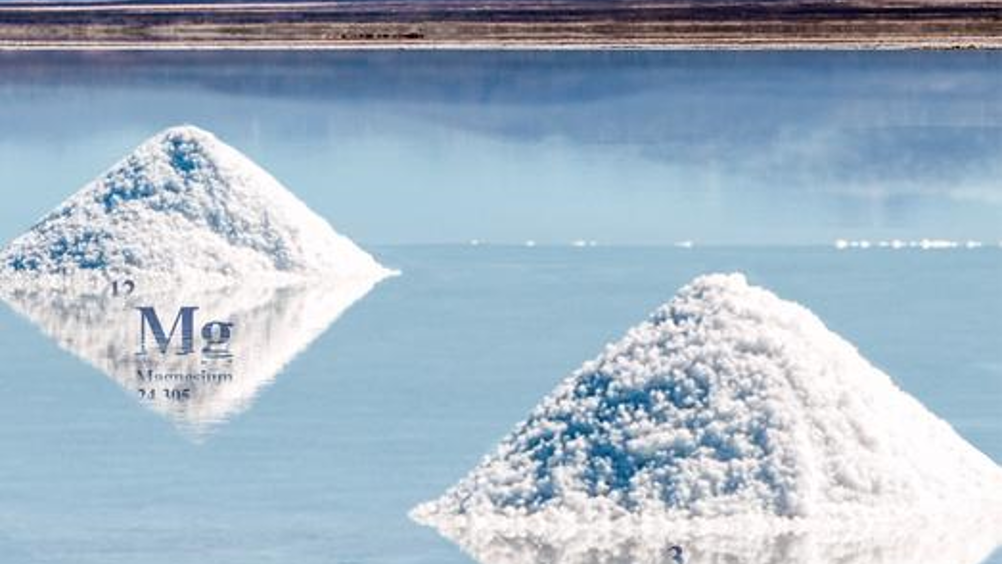Salt lake extraction tech harvests both lithium and magnesium
Researchers in Australia have developed a new nanofiltration technique that can separate lithium and magnesium from salt lake brines with high efficiency.

Claimed to be a world-first, the method uses ethylenediaminetetraacetic acid (EDTA) as a selective chelating agent to separate lithium from other minerals commonly found in salt lake brines. Testing on brines from China’s Dongtai Lake and the Longmu Co Lake in Tibet saw the two-stage filtration process recover lithium at a rate close to 90 per cent. Magnesium ‘waste’ was converted to useful magnesium hydroxide and 99 per cent of the EDTA was regenerated.
According to the researchers, the new technique could make lithium extraction in challenging environments cheaper and more sustainable. The work is described in Nature Sustainability.
“High-altitude salt brine flats in countries like China (Tibet and Qinghai) and Bolivia are examples of areas with tougher brine conditions that have traditionally been ignored,” said Dr Zhikao Li, from Monash University’s Department of Chemical and Biological Engineering.
“In remote desert areas, the vast amounts of water, chemicals and infrastructure required for conventional extraction just aren’t available either, underscoring the need for innovative technologies.”
Register now to continue reading
Thanks for visiting The Engineer. You’ve now reached your monthly limit of news stories. Register for free to unlock unlimited access to all of our news coverage, as well as premium content including opinion, in-depth features and special reports.
Benefits of registering
-
In-depth insights and coverage of key emerging trends
-
Unrestricted access to special reports throughout the year
-
Daily technology news delivered straight to your inbox










Water Sector Talent Exodus Could Cripple The Sector
One possible reform to the Asset Management Plan (AMP) system would be to stagger the five year cycle across the ten or so water businesses, so that...